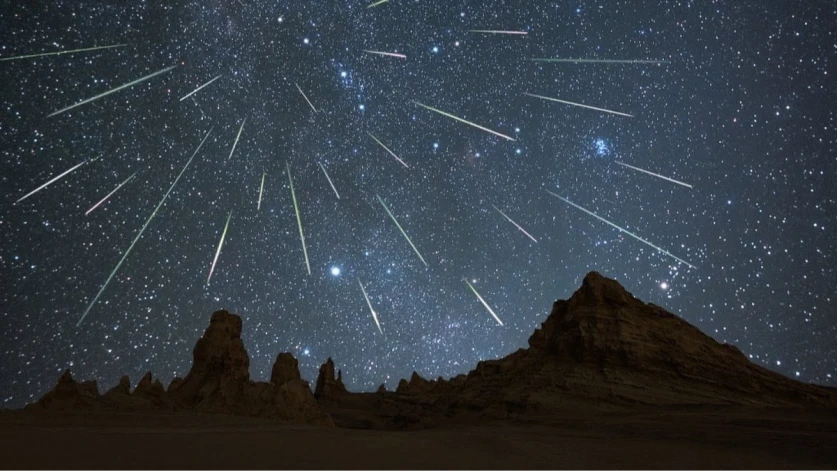Tonight, the Orionids star stream will reach its peak of activity



The date of payment of pensions in November is known
An open letter to the Chief Prosecutor of the Republic of Armenia and the Committee on Ethics and Disciplinary Issues of Judges
CP squandered the money for asphalt and buried Etchmiadzin in mud. Sona Aghekyan (video)
USA and Canada will not resume trade negotiations: Georgia will not participate in Euronest meetings (video)
The search for the missing 3-year-old Tigran in Tsapatagh is still fruitless
The condition of Alexander Kochubaev's wife has stabilized
Arman Babajanyan appeared in the accused's chair
An old woman disappeared while trying to return to Artsakh
Hayk Babayan was appointed the commander of the Police Guard
Arsen is also a lawyer's son, they couldn't stick what they wanted. Ghukasyan's mother
The USA has chosen targets to strike in Venezuela. Those who support Ukraine support the war. Orban (video)
We will appeal the house arrest of Arsen Ghukasyan. defender
The Prosecutor's Office processed the report on the occupation of Hovhannavank
The bear cub trapped in a homemade wire rope was moved to Urtsadzor Caucasian Biodiversity Shelter (Photo)
Arsen Ghukasyan, a relative of the missing person, will be released
The European Union withdrew from trade disputes with China. Lukashenko will visit Iran in 2026 (video)
A plot of land with an area of 0.9 ha will be returned to the Meghri community
Sarik Minasyan's parents had an accident. doctors are fighting for their lives
In KP, they are confused, restless, the reason is the Vagharshapat elections. Gevorg Stepanyan
Hayk Babayan was released from the position of the commander of the RA police forces